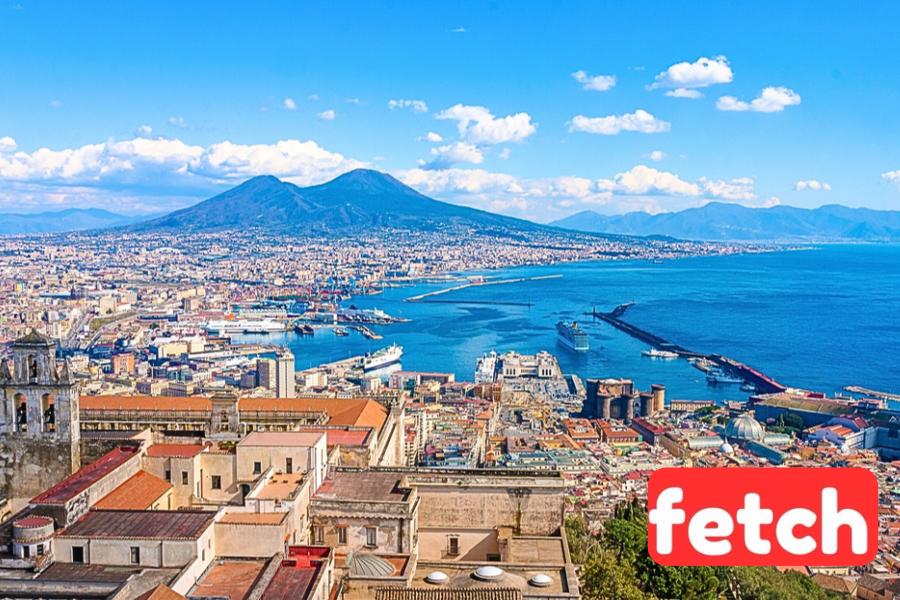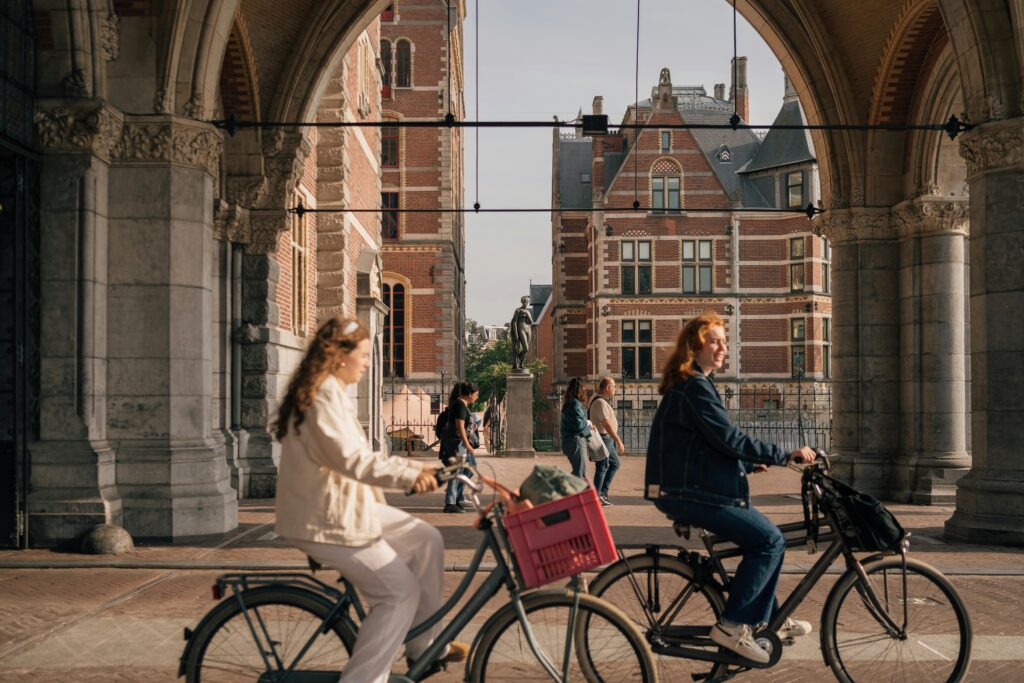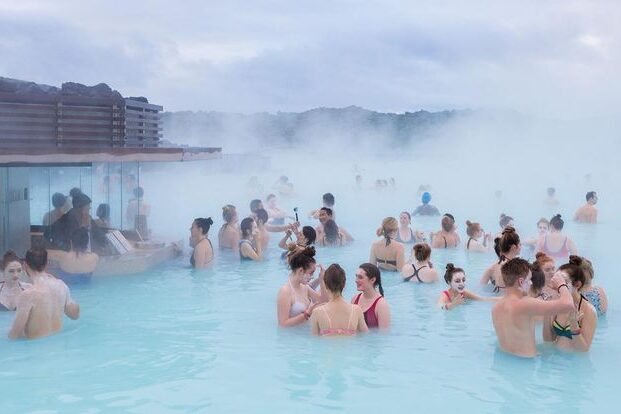Longevity Lessons from Around the World

Cities that have quietly cracked the code to longer life do so through a blend of culture, environment, healthcare, and lifestyle habits that nurture well-being across generations. Let’s take a deeper look at 10 such cities, each offering unique insights into the secrets of longevity, backed by real-world examples and expert observations.
1. Okinawa, Japan

Okinawa stands out with its extraordinary number of centenarians, often attributed to a diet centered around nutrient-rich sweet potatoes, tofu, and seaweed. But beyond food, Okinawans embrace “ikigai,” a concept meaning a reason to live, which fosters mental resilience and reduces stress. Their strong social bonds and daily physical activity, like gardening and walking, also contribute to their extended lifespan. Researchers like Positive Philosophy highlight that this combination of ikigai, diet, community, and purposeful living forms a holistic approach to aging healthily.
2. Singapore

Singapore’s success in longevity is no accident. The city-state’s meticulous urban planning encourages walking and cycling through safe, green corridors, while its healthcare system emphasizes preventive care and accessibility. Clean air policies, low crime rates, and public health campaigns targeting smoking cessation and chronic disease management further elevate life expectancy. Experts such as Forbes, credit Singapore’s integrated approach to urban living and health services as a blueprint for modern longevity.
3. Stockholm, Sweden

Stockholm offers a model where environmental quality meets social welfare. Extensive parks and waterways invite residents outdoors for exercise and relaxation, while the city’s social safety nets ensure access to healthcare and support for mental health. Sweden has a strong culture that values work-life balance, with policies like generous parental leave and flexible work arrangements supporting employees in achieving this. Studies of OCECD links good work-life balance to improved physical and mental health, increased job satisfaction, and even longer life expectancy in the city.
4. San Diego, USA

San Diego’s temperate climate encourages outdoor activities year-round, from surfing to hiking. The city’s wellness culture promotes healthy eating, often featuring fresh, local produce and seafood, alongside community fitness events. Access to quality healthcare and public health initiatives targeting obesity and smoking also play crucial roles. As observed by Live Well San Diego, the synergy of environment, lifestyle, and healthcare makes San Diego a standout for longevity in the U.S.
5. Barcelona, Spain

Barcelona’s longevity benefits from the Mediterranean diet, rich in olive oil, protein, fruits, and vegetables, which has been extensively studied for its cardiovascular benefits. The city’s urban design promotes walking and social interaction through plazas and pedestrian streets, fostering community ties that combat loneliness and depression. Nutritionists and urban planners alike point to this blend of diet and social lifestyle as key longevity factors.
6. Reykjavik, Iceland

Reykjavik’s residents enjoy some of the cleanest air in the world, reducing respiratory and cardiovascular risks. The city’s geothermal pools and outdoor sports culture encourage physical activity even in cold months. Strong community networks and accessible mental health services also support residents emotional well-being, which experts identify as critical for a longer, quality life.
7. Zurich, Switzerland

Zurich combines high income levels with excellent healthcare infrastructure, ensuring residents can afford and access top medical care. The city’s numerous parks, lakes, and hiking trails promote an active lifestyle, while cultural norms favor moderation in diet and alcohol consumption. Swiss longevity studies emphasize how economic stability paired with healthy habits extends life expectancy.
8. Melbourne, Australia

Melbourne’s longevity is supported by several factors, including a strong healthcare system, a vibrant cultural scene, and a walkable environment that encourages physical activity. The city’s extensive public transport system and commitment to creating “20-minute neighborhoods” further enhance walkability and reduce reliance on cars. Additionally, Melbourne’s focus on integrating health and transport planning is vital for promoting healthy lifestyles. Also, green spaces and community events foster social connections, which research shows are vital for mental and physical health over time.
9. Seoul, South Korea

Seoul’s rapid modernization is accompanied by a persistence of traditional health practices. Communal meals, emphasizing social interaction and shared dining, are a significant part of Korean culture. Herbal remedies, rooted in Traditional Korean Medicine (TKM), and practices like acupuncture and moxibustion are also embraced for their therapeutic benefits. Regular social gatherings, including Jjimjilbang (Korean bathhouses), provide opportunities for relaxation and social connection, complementing modern wellness trends. They also have cutting-edge medical technologies and public health policies to address chronic diseases effectively. Experts note that these blend of old and new practices supports both physical health and social cohesion, key drivers of longevity.
10. Vancouver, Canada

Vancouver’s proximity to mountains, forests, and the ocean invites residents to engage in rock climbing, hiking, biking, and water sports, promoting physical fitness. The city’s inclusive policies support mental health and social equity, reducing stress and improving overall well-being. Public health officials point to this combination of environment and social support as a powerful longevity enhancer. Together, these cities reveal that longevity is a multifaceted achievement, shaped by environment, diet, social fabric, healthcare, and purposeful living. Their lessons encourage us to look beyond medicine alone and embrace a holistic lifestyle to live longer and better.
If you’re inspired by these urban longevity secrets, dive deeper into how your own city can adopt similar strategies for healthier, longer lives. Share your discoveries in the comments, you might be helping others too.


